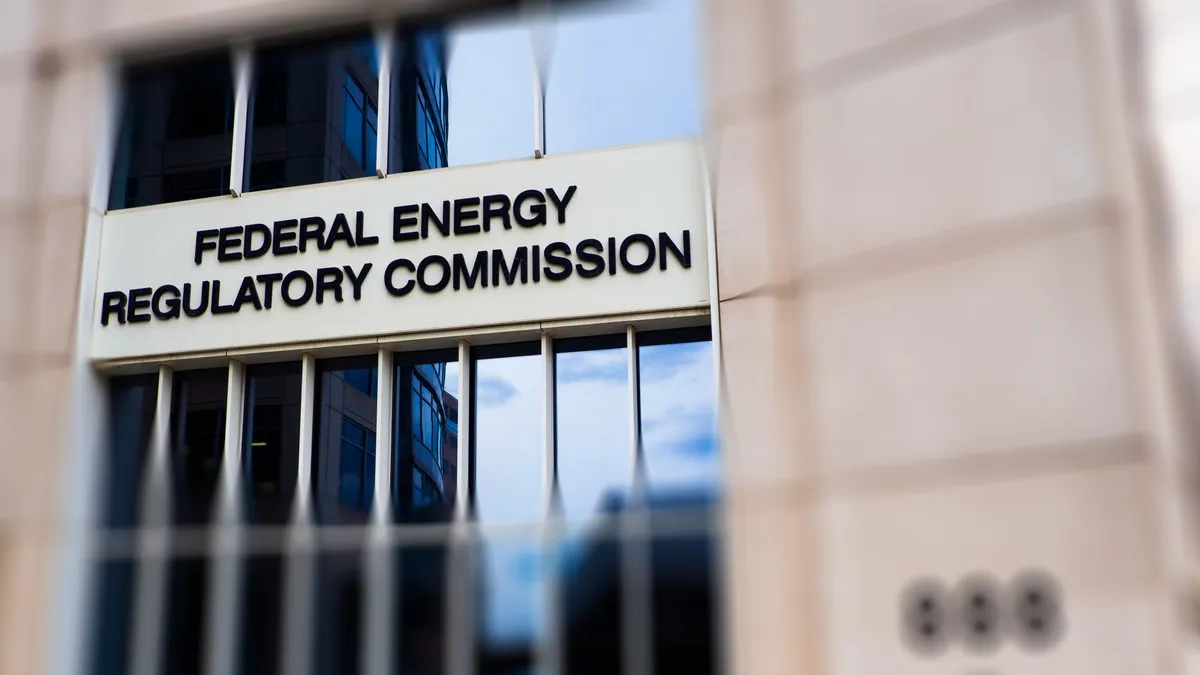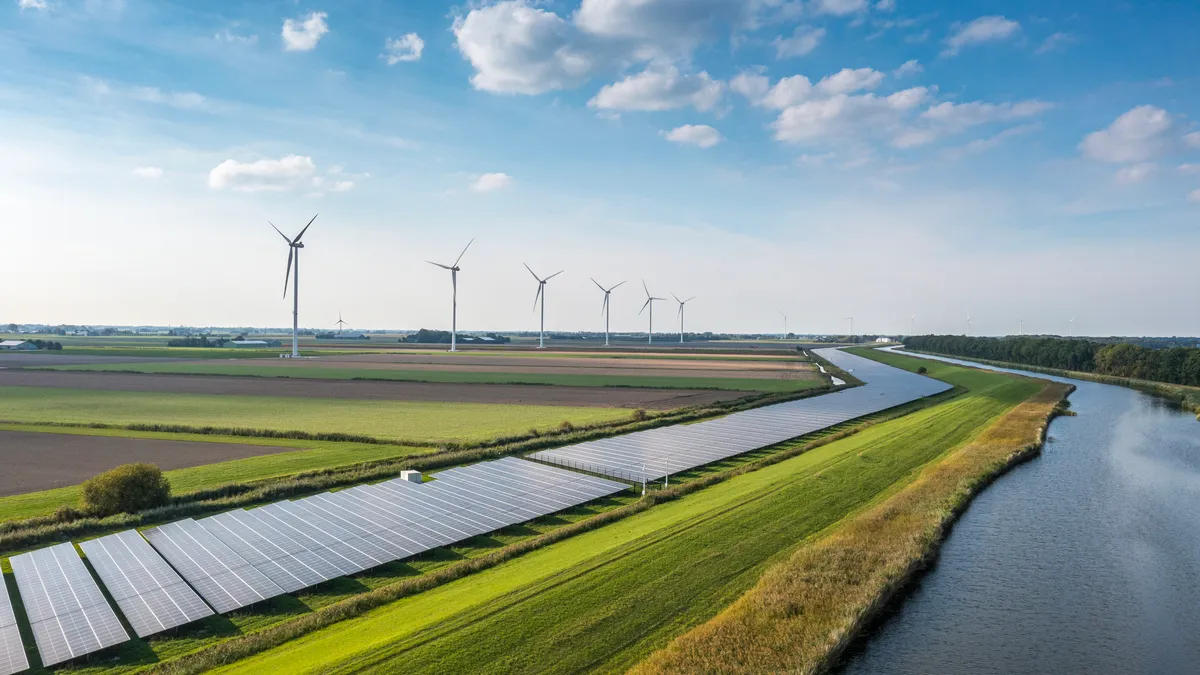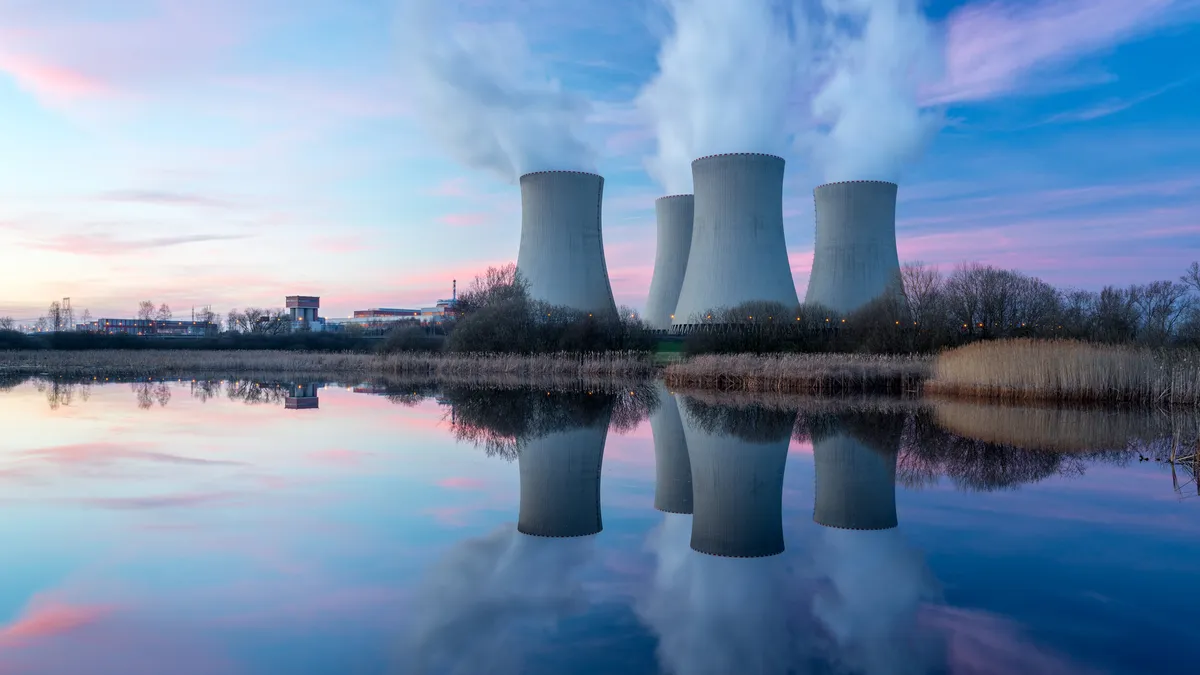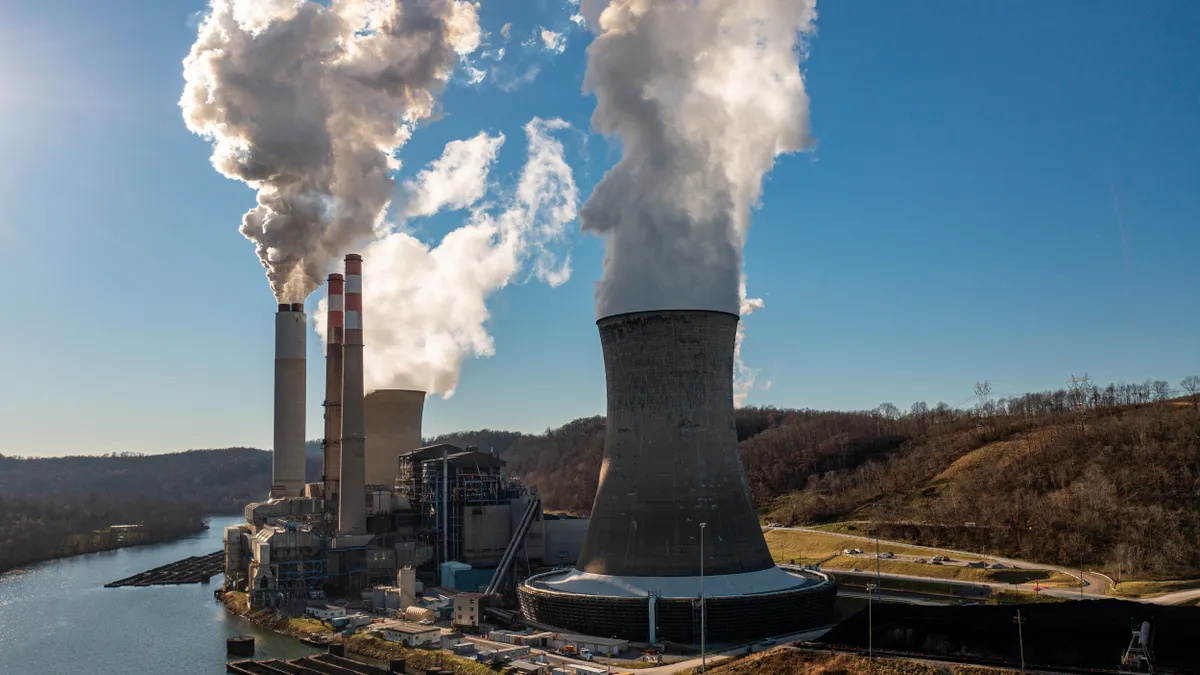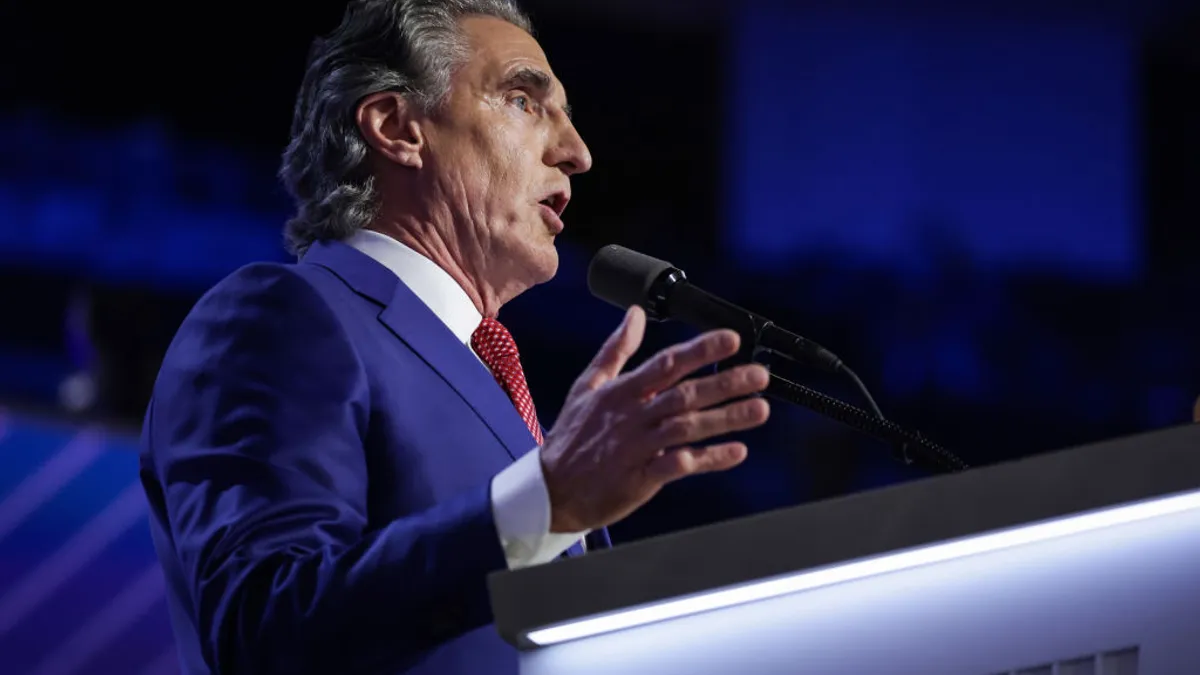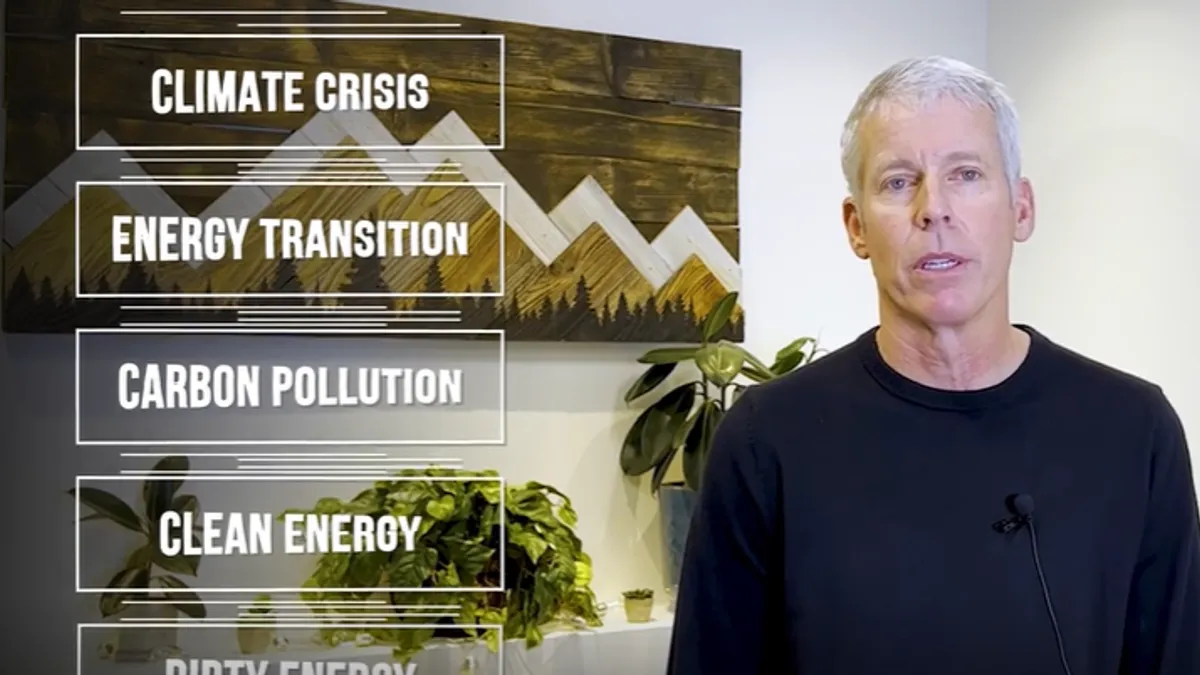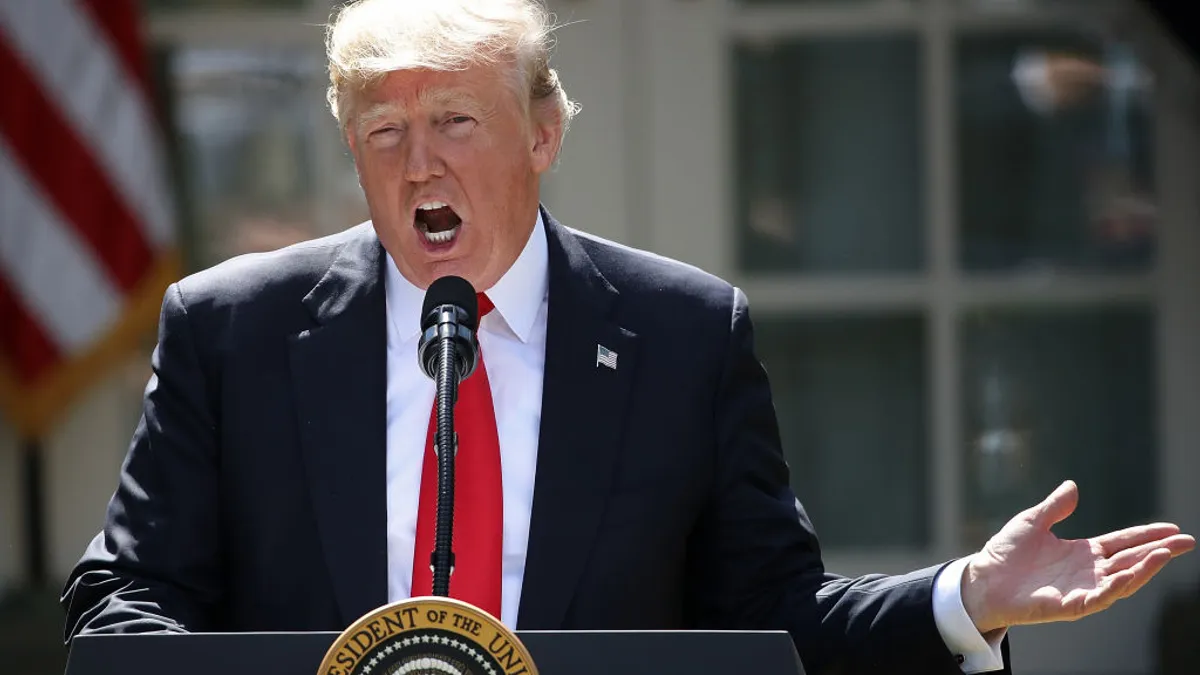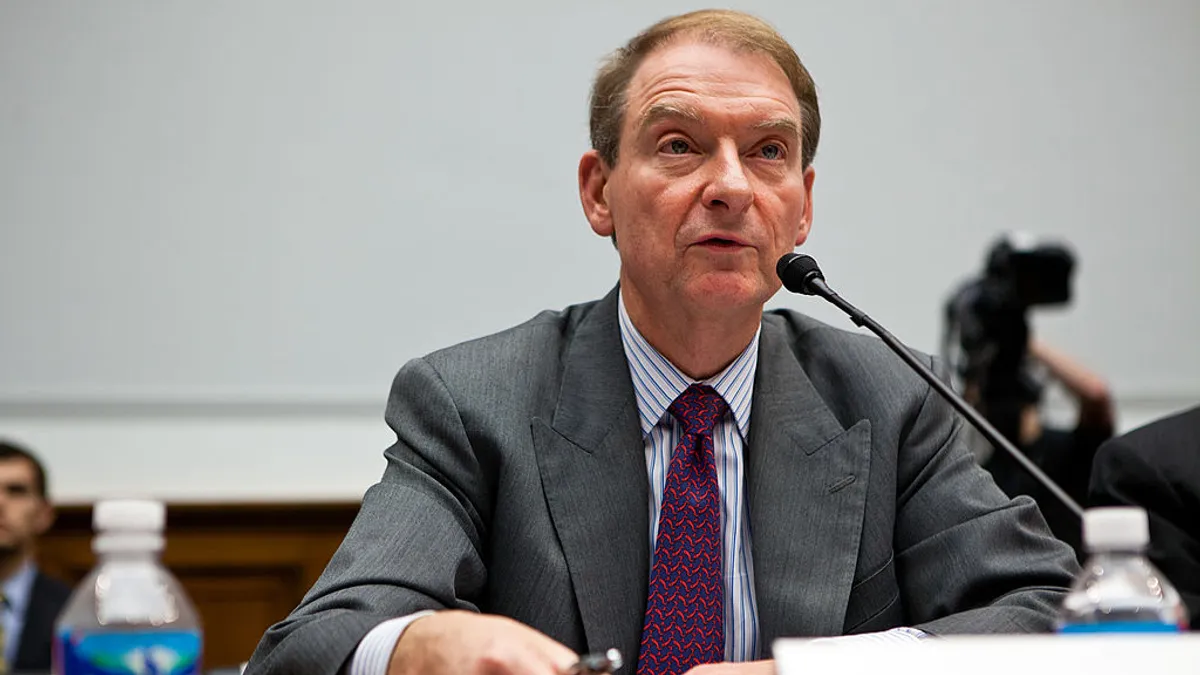With President-elect Donald Trump set to take office and Republicans to gain control of the U.S. Senate and possibly the House in January, building owners and operators wonder whether the incoming administration’s emphasis on fossil fuels could stall recent progress in building energy efficiency and sustainability.
While organizations like the U.S. Green Building Council have pushed for expanded tax credits for energy-efficient building retrofits, Trump’s Agenda 47 and the Heritage Foundation-led Project 2025 prioritize fossil fuel support, potentially at the expense of clean energy incentives.
A set of policy recommendations USGBC and three other sustainable building organizations released in September called for the incoming administration to extend the U.S. Internal Revenue Service’s clean electricity investment tax credit to cover new and retrofit building energy efficiency investments for building envelope improvements and upgrades to HVAC, water heating and energy management systems.
Trump, however, has been critical of the Inflation Reduction Act and other clean energy policies. His second-term plan, outlined in Agenda 47, emphasizes reversing Biden administration policies that support renewable energy, electrification and energy efficiency and advancing policies for additional fossil fuel development. The Trump campaign said such efforts will reduce energy and electricity costs, lower inflation and create millions of jobs.
Project 2025, led by Heritage Foundation President Kevin Roberts and developed by the conservative think tank with the input of many former Trump administration officials, calls for a repeal of the IRA and rescinding of all funds not already spent under the law.
“Repealing clean energy tax credits [in the IRA] would increase taxes on companies, raise energy costs for consumers and businesses, add to inflation and harm workers,” Alfred Johnson, co-founder and CEO of Crux, an energy tax credit marketplace, said in an interview. These credits, he said, are crucial for strengthening domestic supply chains for components, boosting the resilience of energy infrastructure and driving millions of new jobs nationwide in sectors like construction and manufacturing.
Project 2025 also recommends dismantling or reforming many U.S. Department of Energy offices, such as the Office of Energy Efficiency and Renewable Energy, the Office of Clean Energy Demonstrations; the Office of State and Community Energy Programs; the Advanced Research Projects Agency - Energy; the Office of Grid Deployment and the DOE Loan Programs Office. It further calls for the Federal Energy Management Program to “stop using taxpayer dollars to force the purchase of more expensive and less reliable energy resources” for government buildings and operations “in the name of combating climate change.”
“Federal energy efficiency programs save businesses and families money on their energy bills. Ending [these] programs would raise costs for building owners and tenants,” Lowell Ungar, director of federal policy at the American Council for an Energy-Efficient Economy, said in an interview.
The Inflation Reduction Act expanded the Section 179D Energy Efficient Commercial Building Tax Deduction, for example, which allows a tax deduction of 50 cents per square foot for buildings placed in service in or after 2023 with 25% energy savings, plus 2 cents per square foot for each percentage point of energy savings above 25% up to a maximum of $1 per square foot for a building with 50% energy savings, according to the IRS. For projects that meet prevailing wage and apprenticeship requirements, the maximum deduction amount increases to five times the savings per square foot amount, while the deduction is capped at $1.80 per square foot for properties placed in service before 2023 with 50% energy savings, according to the IRS.
Ungar pointed out that the 179D deduction is especially important for helping building owners improve the quality and efficiency of commercial buildings and reduce operating costs.
Ungar further noted that the Energy Efficiency and Renewable Energy Office provides research and technical support aimed at lowering energy costs in commercial buildings. It has launched programs such as the Building Technologies Office and its Commercial Buildings Integration program, the Better Buildings Initiative and the Advanced Building Construction Initiative. It has also launched building energy modeling tools, lighting research, and appliance and equipment standards that help advance building design and operations, Ungar said. “Cutting these programs would harm building owners and tenants around the country,” he added.
While Trump has spoken poorly of the IRA, clean energy installations grew significantly during his first term, despite tariffs on imported components for renewable projects, according to a brief by Crux and Power Brief that examined how the 2024 election results could impact IRA tax credits for stakeholders in the clean energy and commercial building sectors.
“The IRA is current law and will not be fully repealed,” given significant bipartisan support and substantial investments that have already been made, especially in Republican districts, according to the brief. Market participants should, however, expect debate about potential modifications to aspects of the IRA, the brief notes. Provisions linked to electric vehicles and the Greenhouse Gas Reduction Fund face a higher risk of modification or rollback, it says.
U.S. House Speaker Mike Johnson, R-La., said in September that he would preserve some of the clean energy tax credits enacted under President Joe Biden but would seek to eliminate others. “You’ve got to use a scalpel and not a sledgehammer because there’s a few provisions in there that have helped overall,” Johnson said, declining to specify which provisions he would keep, CNBC reported.
“It’s difficult to predict what ultimately happens, and control of the House will be a very important factor,” Ben Evans, federal legislative director at USGBC, said in an interview. But overall, many IRA provisions related to buildings enjoy bipartisan support, according to Evans. “We would hope and expect that they would remain intact given the massive economic impact they can have,” he said.
He expects that developers, companies and building operators using IRA tax incentives “will be talking with their senators and representatives to express the need to keep these in place.”
As federal clean energy incentives face potential cuts, building operators and sustainability advocates also may look to state and local governments to help them maintain progress on sustainability goals, according to Evans. “With so much gridlock in Washington for so long, cities and states have already been the leaders on the climate front, and that will only accelerate if there is a pullback in federal action,” he said.
Interested in more facilities management news? Sign up for Facilities Dive’s newsletter today.









